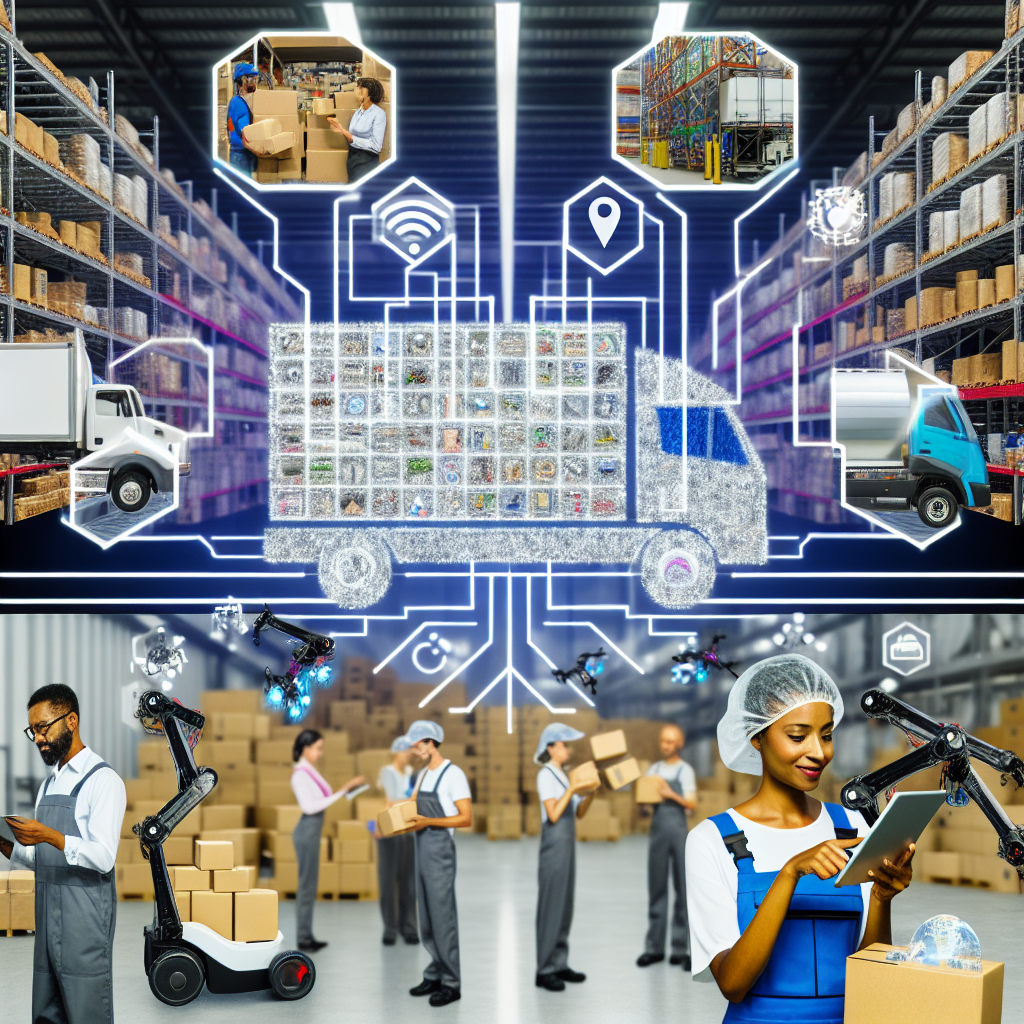No products in the cart.

Boosting customer experience, commonly referred to as CX, is crucial for any business looking to thrive in today’s market. A critical component of this effort is the efficiency of the logistics and supply chain. Efficient logistics and a well-structured supply chain play pivotal roles in maintaining customer satisfaction and loyalty.
The real-time management of logistics can substantially elevate the customer experience. When a business maintains a high level of organization and efficiency in its logistics, it results in faster delivery times, fewer errors in shipments, and improved inventory management. All of these factors contribute directly to a more positive customer experience.
Effective logistics can lead to faster delivery times, reduced shipment errors, and better inventory management, all of which significantly enhance the customer experience.
Advanced technology like GPS tracking, automated warehousing, and predictive maintenance tools can optimize logistics operations. By investing in these technologies, businesses ensure they can meet deadlines and provide timely updates to clients, reducing uncertainty and stress for customers.
Supply Chain Management (SCM) ensures that products are created and delivered seamlessly from the supplier to the end customer. Effective SCM maximizes product availability, minimizes costs, and ensures timely delivery, all of which are crucial factors in improving customer experience.
Effective supply chain management maximizes product availability, minimizes costs, and ensures timely delivery, directly correlating to improved customer satisfaction.
A well-managed supply chain improves a company’s responsiveness to customer demands. For instance, a responsive supply chain enables quicker adaptation to changing market conditions and customer preferences, guaranteeing that the right products are available when and where they are needed.
Additionally, enterprise resource planning (ERP) systems can further streamline supply chain operations by integrating and automating various functions such as procurement, production, and distribution.
Logistics and supply chain improvements can lead to significant cost reductions. For example, optimizing transportation routes and consolidating shipments can reduce fuel costs and enhance delivery speed.
Optimization in logistics and the supply chain can lead to cost reductions and increased efficiency, providing a competitive edge.
The implementation of Just-In-Time (JIT) inventory management can ensure that products are produced and delivered in precise quantities and at the exact time they are needed, reducing waste and storage costs. Additionally, efficient logistics and SCM can also minimize the impact of supply chain disruptions, ensuring consistent service quality and customer satisfaction.
Transparency and communication are vital in building trust between businesses and customers. Advanced tracking systems and customer portals enable real-time status updates, allowing customers to monitor their orders and receive notifications of any changes or delays.
Enhanced transparency and communication boost customer trust and satisfaction by providing real-time updates on order status.
Moreover, robust Customer Relationship Management (CRM) systems can integrate with logistics and supply chain operations to provide a seamless flow of information across the business. This ensures that customer inquiries and issues are addressed promptly, further enhancing the overall customer experience.
Utilizing data analytics in logistics and supply chain management allows businesses to make informed decisions based on historical data and predictive insights. These insights can be used to forecast demand, optimize inventory levels, and streamline operations, all of which contribute to a better customer experience.
Data analytics in logistics and supply chain management enables data-driven decisions, contributing significantly to optimizing operations and enhancing customer service.
Furthermore, data analytics can help identify potential bottlenecks and inefficiencies in the supply chain, providing opportunities for continuous improvement. This proactive approach means businesses can anticipate and resolve issues before they impact the customer.
More consumers are now prioritizing sustainability in their purchasing decisions. Businesses that adopt eco-friendly logistics and supply chain practices can appeal to this growing demographic. Sustainable practices might include reducing carbon emissions through energy-efficient transportation or adopting recyclable packaging materials.
Incorporating sustainability into logistics and supply chain operations can enhance brand image and attract environmentally-conscious consumers.
Improvements in logistics lead to better customer experiences by ensuring faster delivery times, reducing errors, and enhancing inventory management. Advanced technology such as real-time tracking and automated systems ensures customers receive their products promptly and in excellent condition.
Companies can enhance supply chain management by adopting technologies like ERP and CRM systems, implementing Just-In-Time inventory management, and embracing sustainable practices. These strategies help streamline operations, reduce costs, and provide better customer service.
In conclusion, the role of logistics and supply chain in customer experience cannot be overstated. By optimizing these critical aspects, businesses can drive efficiency, reduce costs, and deliver exceptional customer experiences, ultimately fostering customer loyalty and gaining a competitive edge.
